
1. Devil’s Tramping Ground
Set back from the main road in the town of Bear Creek lies an empty, eerie patch of woods. Here is a dusty circle—barren of plant life and about 15’ wide—where, according to stories dating back to 1882, the devil comes to dance. Also known as the Devil’s Tramping Ground, legend goes that if you place anything in the center, no matter how heavy it is, when you come back the next day, it will be thrown back out overnight. (The Devil needed to clear his stage.) A few years back, a journalist from the Greensboro paper spent the night in a tent smack in the middle of it with his two dogs to disprove the story. He survived the night intact, but reported hearing ghostly footsteps circling his tent. Devil’s Tramping Ground is on private land, so if you’re looking to visit, you’ll need to make a reservation at the campsite.
Devils Tramping Ground Rd, Bear Creek, NC 27207
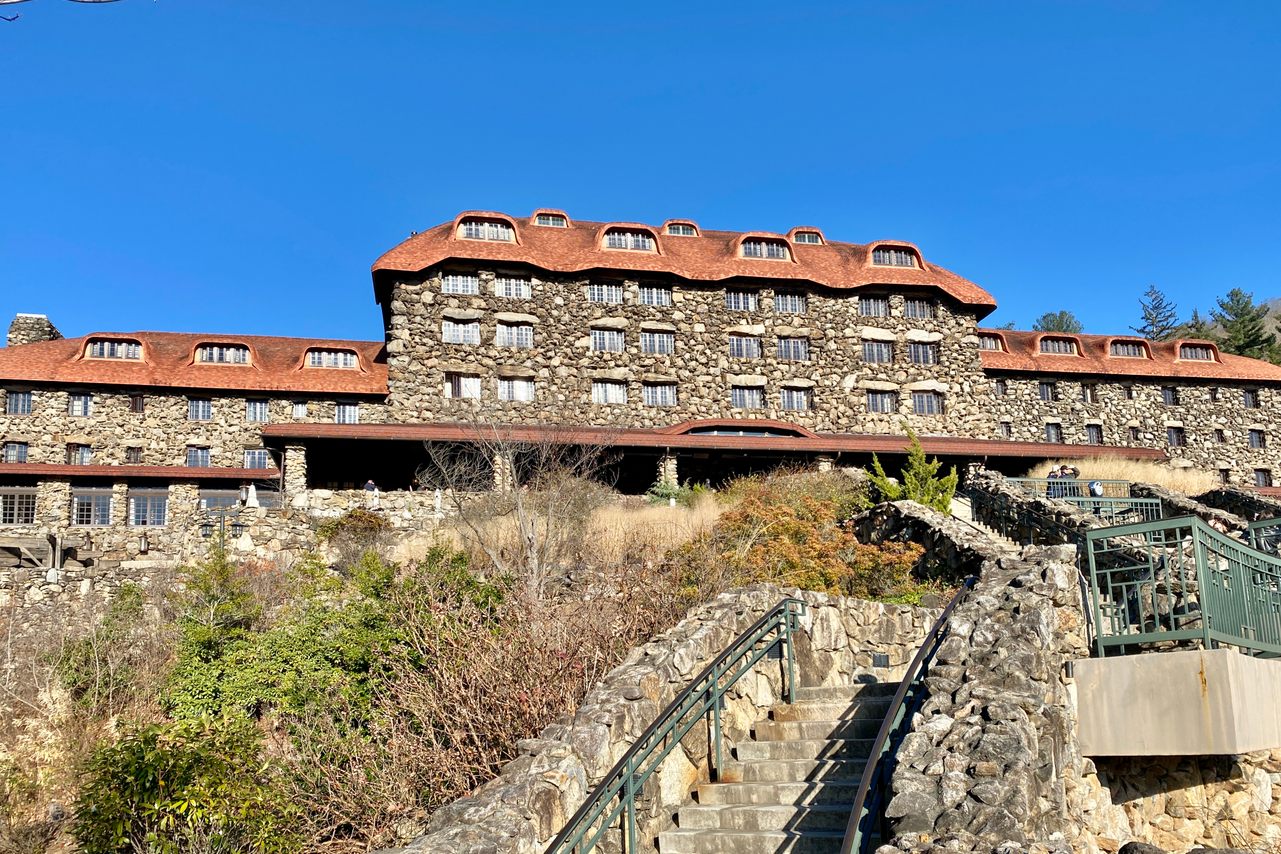
2. Grove Park Inn
The Grove Park Inn might be North Carolina’s most beloved haunt, as well as one of its premier hotels. The hotel was built in 1913 by Edwin Wiley Grove, and since its earliest days has hosted famous guests like George Gershwin, Harry Houdini, F. Scott Fitzgerald, and President Barack Obama. Perhaps its most infamous guest, however, is one who locals claim never left. The Pink Lady is the Inn’s resident ghost, whom people have witnessed and felt wandering the hotel’s hallways for the past decade. She appears in a pink ball gown, or as a gentle pink mist. But don’t worry—she comes in peace. Which makes it all the easier to enjoy the hotel’s spa facilities.
290 Macon Ave, Asheville, North Carolina 28804
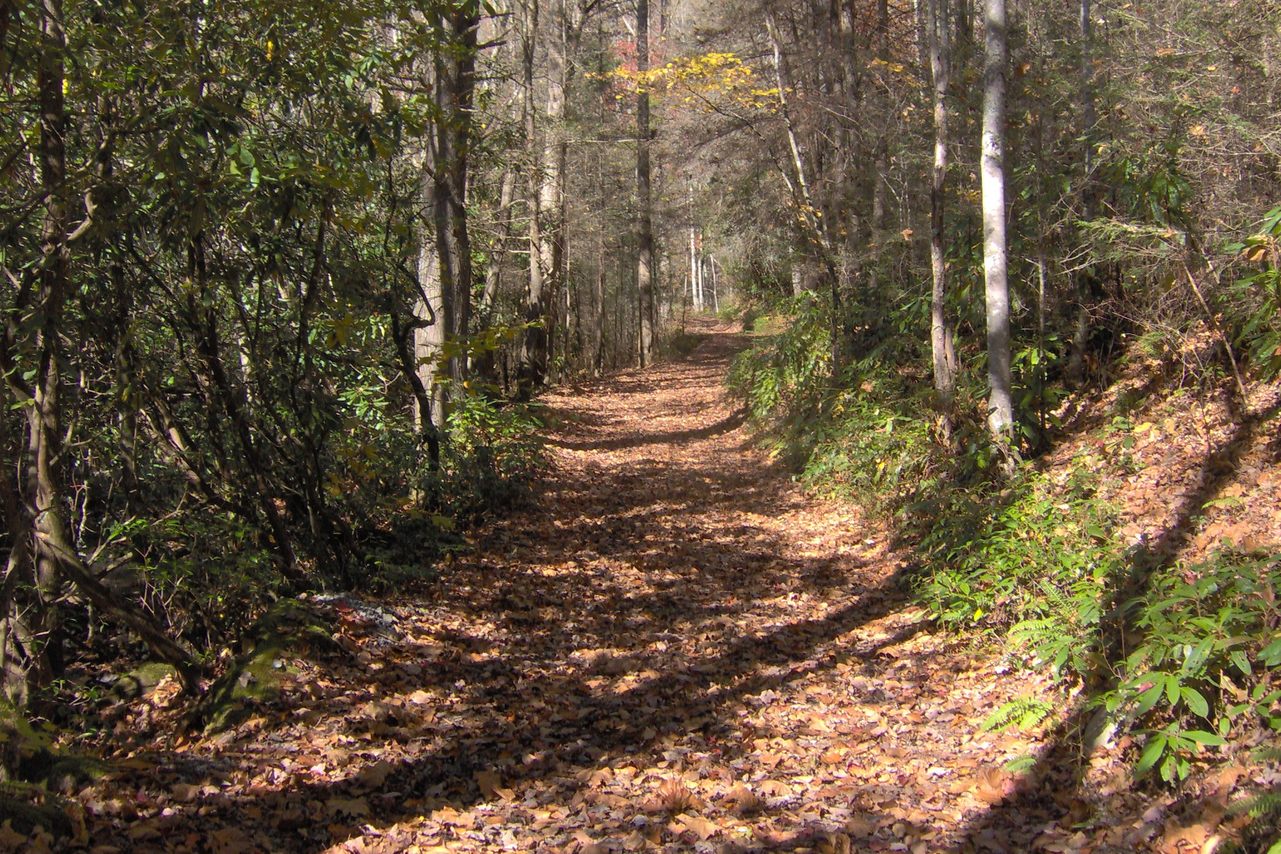
3. The Lost Town of Proctor
In one of the most remote areas of the Great Smoky Mountains—accessible only by boat or a long hike—lie the scant remains of a once-booming logging village. Most of the old town is now at the bottom of Fontana Lake, which flooded in the wake of the Pearl Harbor attack to power a nearby aluminum plant to support the war effort. This displaced the residents of Proctor, many of whom had come to work at the Lumber mill that built the town. Today, all that’s left are the remains of the lumber mill, as well as a few cemeteries located above the water level, a haunting monument to the town that once was.
Lakeshore Trail, Bryson City, North Carolina 27960

4. Portsmouth Village
Portsmouth, an island along North Carolina’s Outer Banks and the Cape Lookout National Seashore, is home to a desolate, wind-torn ghost town that was once a bustling port. In post-Revolutionary America, Portsmouth acted as a lightering port that allowed movement of cargo from ocean vessels to smaller vessels that could move easily through the shallow sounds, which made it a vital point of entry on the Atlantic. The majority of inhabitants were African American both pre and post-Civil War, and despite being unable to attend the one schoolhouse due to segregation laws, their community was able to sustain themselves on the inlet through trading business. Today, ferries bring visitors to the picturesque ghost town, where you can visit the remaining structures: the school, post office, and general store, as well as an old home that’s been turned into a visitor center. Those intent on looking for ghosts can camp overnight, if they come prepared.
Portsmouth Island, Cape Lookout National Seashore, North Carolina
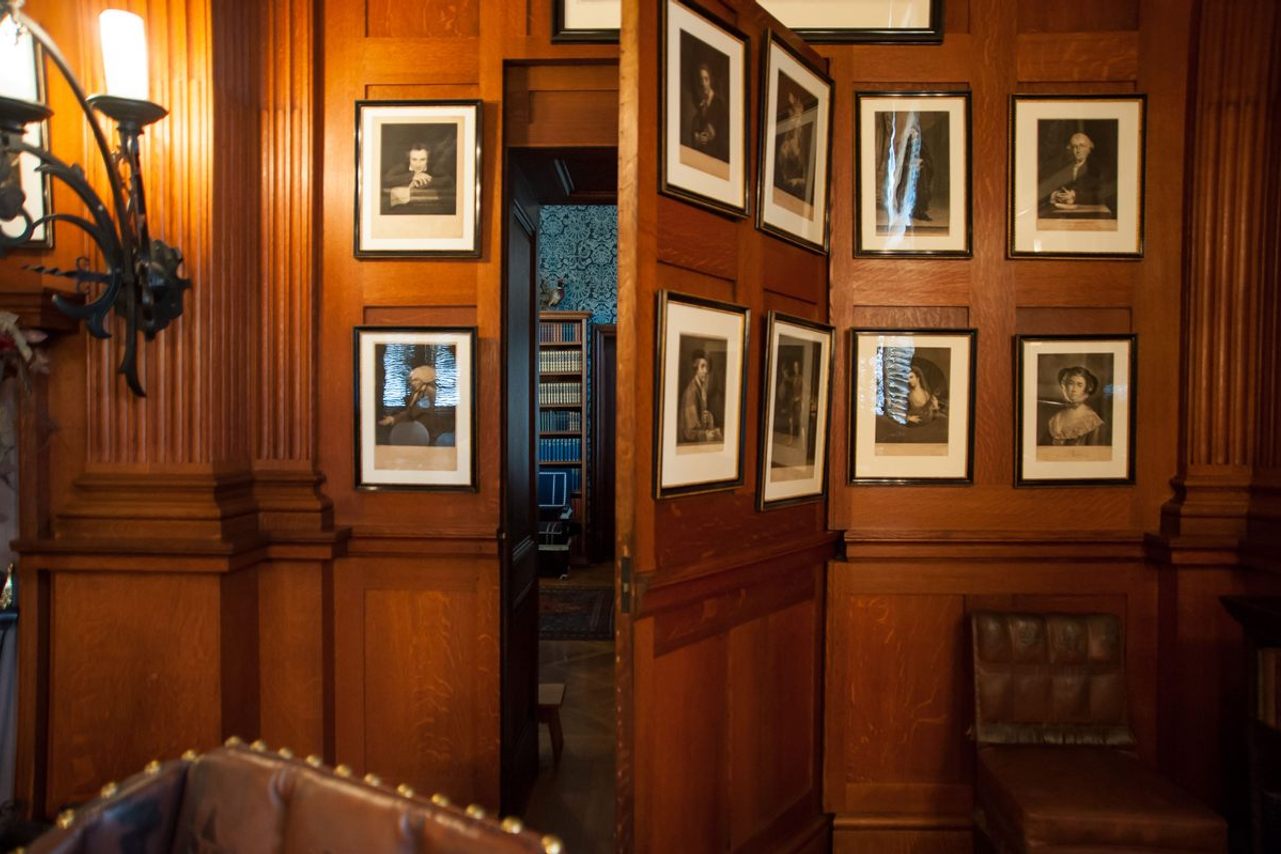
5. Biltmore Estate Secret Passages
With 35 bedrooms, 43 bathrooms, 65 fireplaces, and nearly 180,000 square feet, the enormous Biltmore Estate has plenty of places to hide. The Estate was built by George Washington Vanderbilt II, and designed with several concealed doors, hidden passageways, and secret rooms. These spaces were originally used to provide the Vanderbilts and their guests with some added privacy, or to conceal the movement of servants moving through the mansion’s common spaces. Today, the Estate is open for visitors, and certain guided tours will take you through the hidden passageways. Visitors and staff alike have heard voices around the grounds at night, some of which have been attributed to George’s wife, Edith. And what better place for a ghost to hide than a secret passageway?
1 Lodge Street, Asheville, North Carolina 28803
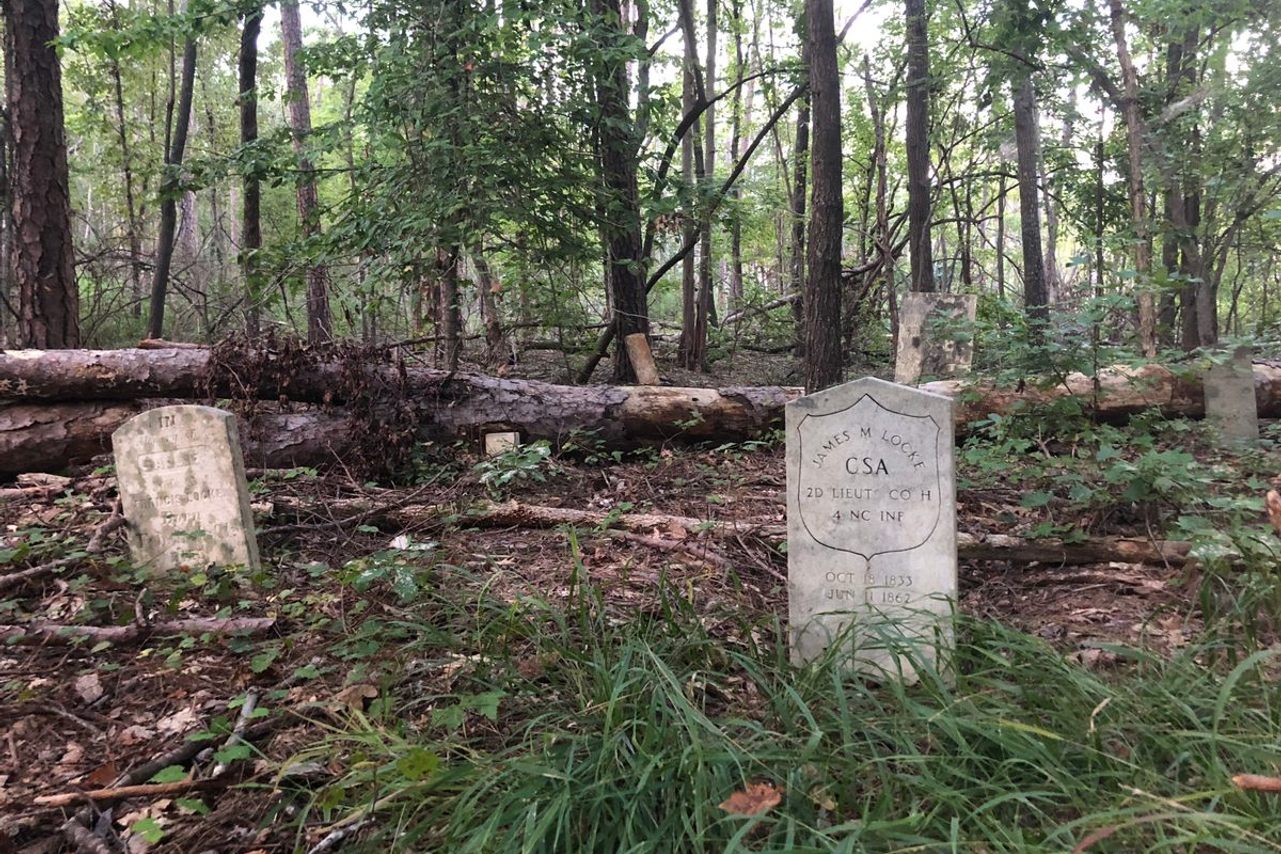
6. Graveyard Island
Down the railroad tracks nestled between the towns of New London and Badin, NC lies Graveyard Island, a tranquil, wooded resting place for many former residents of the area. The island was not, however, where these people were initially buried. In the early 20th Century, the nearby Yadkin River was dammed to produce hydroelectric power for Alcoa, an aluminum manufacturing company. This created a lake that would flood a number of local cemeteries, so the dead were moved in the years before the dam was built and the newly formed lake flooded the land. It’s estimated that close to 300 bodies are scattered throughout the island, spread throughout three graveyards. The tract of land houses unmarked and marked graves dating as far back as the early 1800s.
Badin, North Carolina, 28127
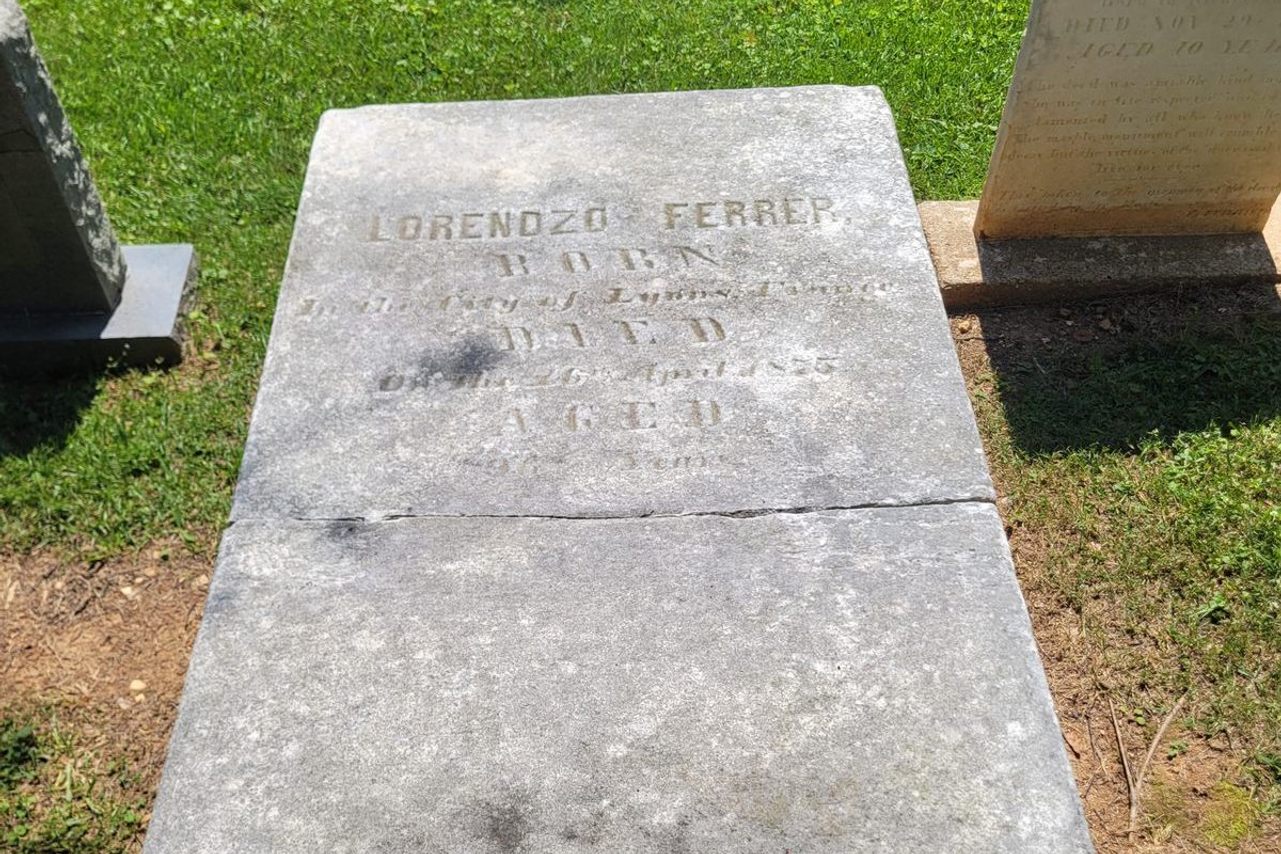
7. Private Jean Lafitte’s Grave
From 1810 to 1823, Jean Lafitte and his brother Pierre were among the most notorious and successful privateers in the Americas. Lafitte’s exact origins are shrouded in mystery, but he is believed to have been born either in France or one of its Caribbean colonies, possibly Saint-Domingue (now called Haiti). He supposedly died in 1823—an event many scholars later believed to be a ruse. In fact, local researchers in Lincolnton, North Carolina, believe that the buccaneer staged his own death, changed his name to Lorenzo Ferrer, then enjoyed a quiet life free from the prying eyes of law enforcement until his actual death in 1875. He is believed to be resting peacefully in the cemetery at St. Luke’s Episcopal Church.
315 N Cedar St, Lincolnton, North Carolina 28092
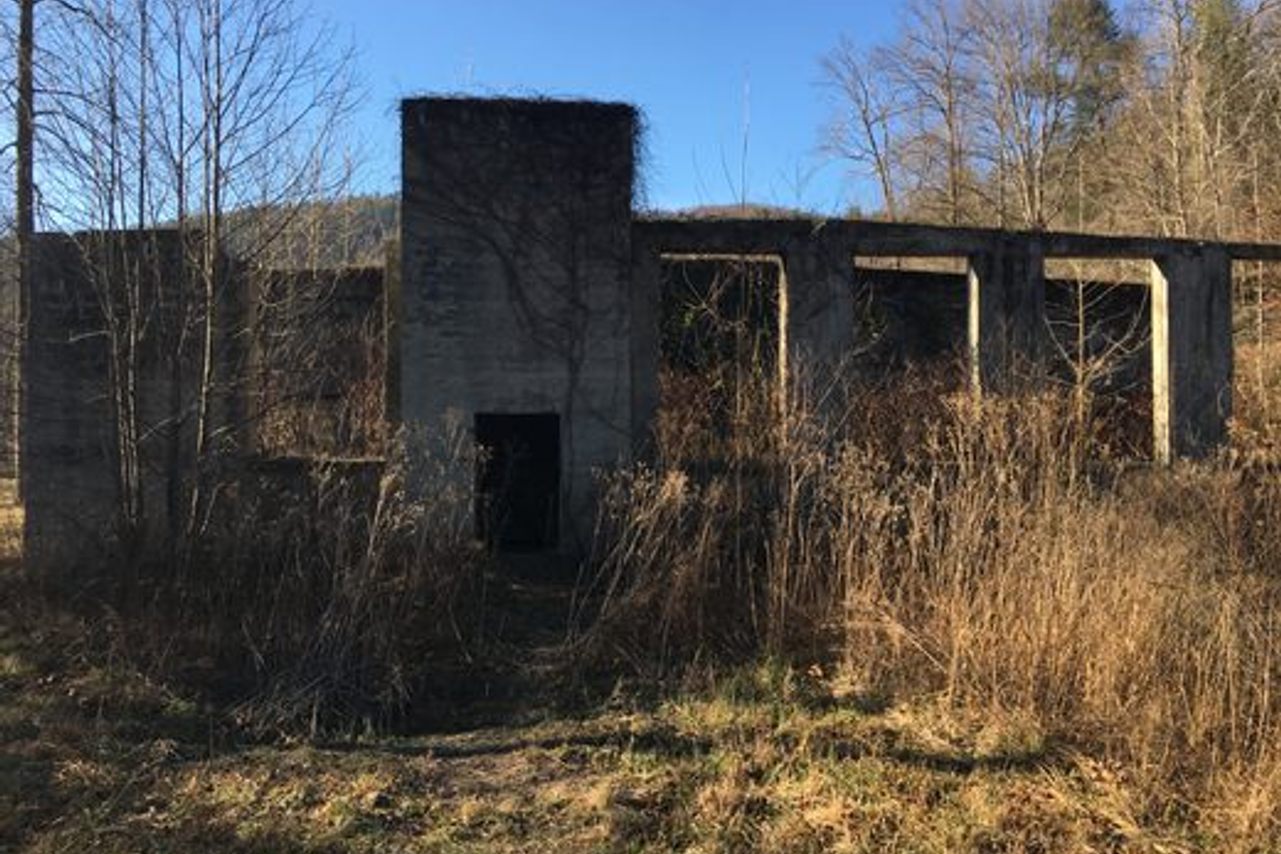
8. Mortimer
Another flooded ghost town, Mortimer was once a mill town for the Ritter Lumber Company, with a population of about 800 people. The town’s construction began in 1904, and there was eventually a company store, a blacksmith shop, a church, a hotel, a school, and even an early movie theater. But its position along Wilson Creek turned out to be this mountain town’s downfall. Two floods—the first in 1916, the second in 1940—ruined the town and prompted the residents to leave. Today, the foundations of several buildings and some machinery from the mill can be explored freely by visitors.
Mortimer, North Carolina 28611
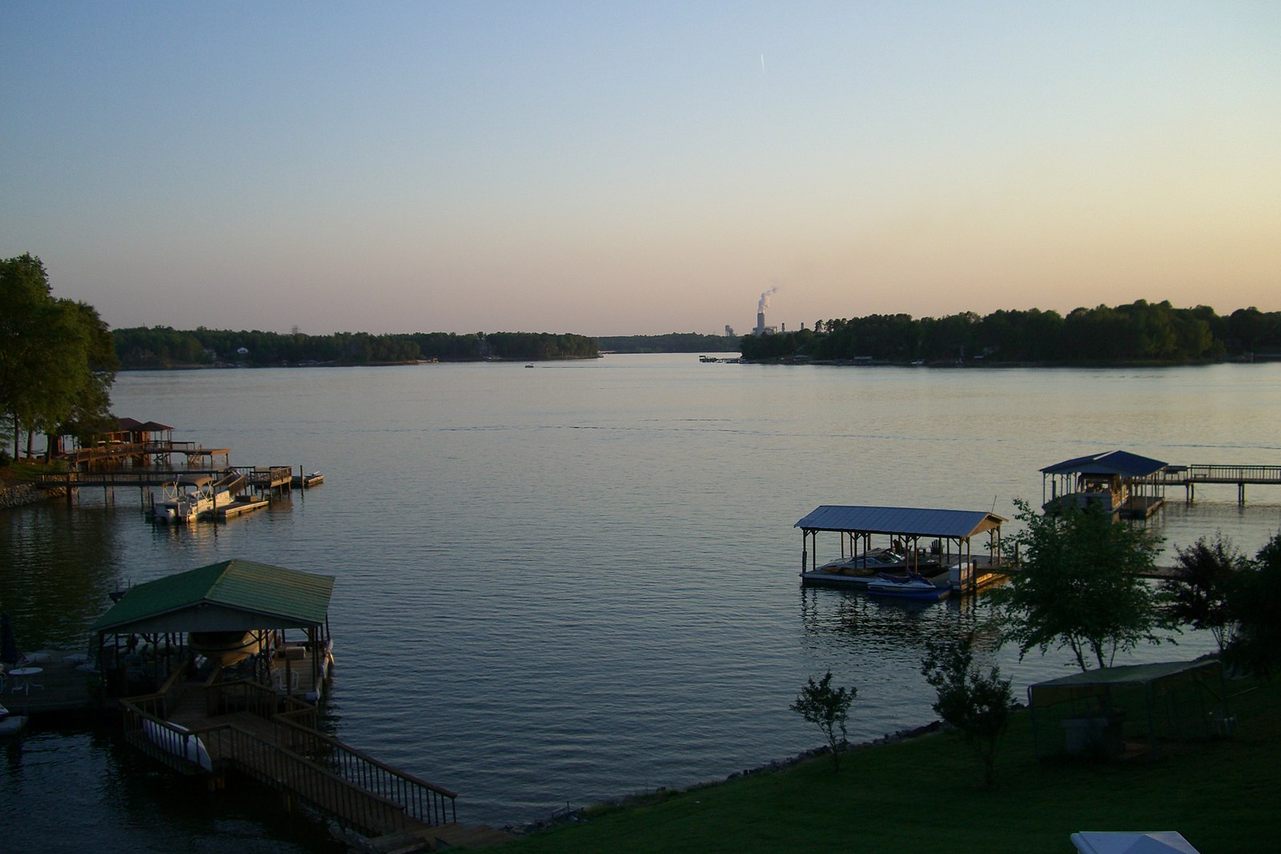
9. Lake Norman
Lake Norman, North Carolina’s largest manmade lake, is about 20 miles from Charlotte. Its 520 miles of coastline make it a popular destination for recreation and its shores and placid waters are home to a host of aquatic species like box turtles, catfish, and yellow perch. But there may be much larger creatures swimming in what is sometimes called North Carolina’s “inland sea.” Rumor has it that there’s a proper sea monster lurking beneath the surface. There have been over 70 recorded sightings of “Normie”—which takes its name from its Scottish cousin Nessie, of course—which has been compared to a crocodile, a sturgeon, a monster, and a 200-pound fish. Of course, no images exist, so you’ll have to get out on a boat and see it for yourself.
759 State Park Rd, Troutman, North Carolina, 28166

10. Battleship North Carolina
The USS North Carolina is a battleship first commissioned in 1941, to fight in the dangerous waters of World War II. The battleship became the most decorated American ship in that war, after saving so many lives in the Pacific that she earned 15 battle stars. The ship has been turned into a floating museum off the coast of Wilmington, commemorating war veterans and fallen soldiers alike. But it’s perhaps most famous as one of the state’s premier destinations for ghost tours and paranormal activity. Many people report sightings of a young sailor killed in 1942, who often appears in a washroom; other sailors have been seen roaming the passageways. Haunted Rooms America offers tours and ghost hunts, during which visitors can use “paranormal equipment” to try to catch a glimpse of these long-lost sailors.
1 Battleship Rd NE, Wilmington, NC 28401
Explore North Carolina's Haunted Trail's three regional segments, or combine them into one thrilling statewide journey ... if you dare. Click here to discover why North Carolina is first in fright.

